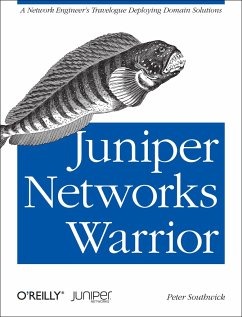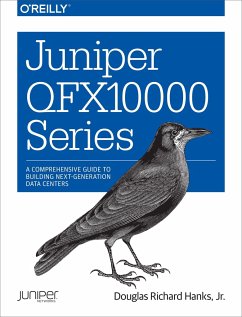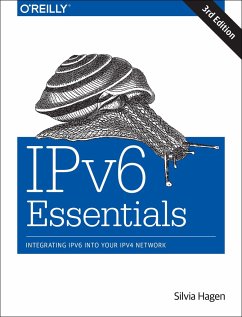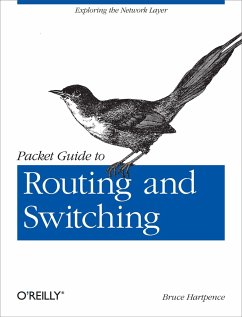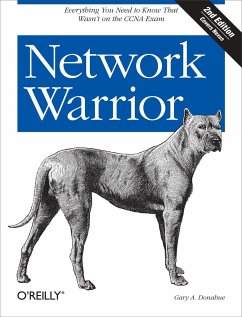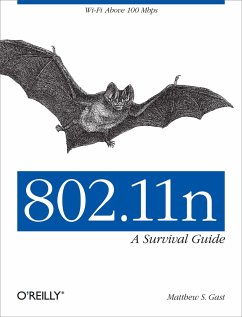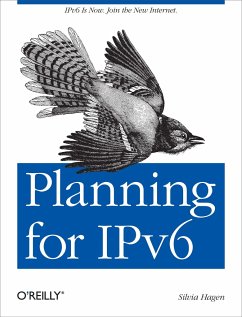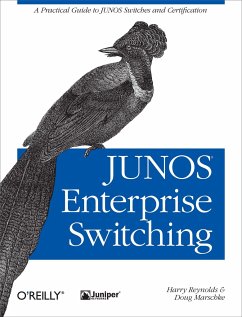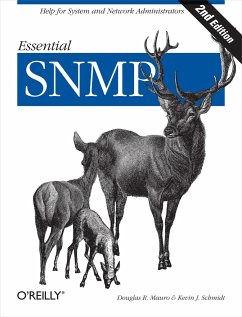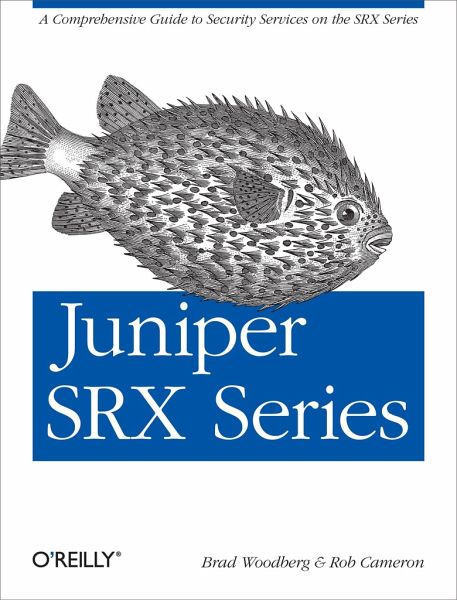
Juniper Srx Series
A Comprehensive Guide to Security Services on the Srx Series
Versandkostenfrei!
Versandfertig in 2-4 Wochen
71,99 €
inkl. MwSt.
Weitere Ausgaben:

PAYBACK Punkte
36 °P sammeln!
This complete field guide, authorized by Juniper Networks, is the perfect hands-on reference for deploying, configuring, and operating Juniper's SRX Series networking device. Authors Brad Woodberg and Rob Cameron provide field-tested best practices for getting the most out of SRX deployments, based on their extensive field experience.While their earlier book, Junos Security, covered the SRX platform, this book focuses on the SRX Series devices themselves. You'll learn how to use SRX gateways to address an array of network requirements - including IP routing, intrusion detection, attack mitigat...
This complete field guide, authorized by Juniper Networks, is the perfect hands-on reference for deploying, configuring, and operating Juniper's SRX Series networking device. Authors Brad Woodberg and Rob Cameron provide field-tested best practices for getting the most out of SRX deployments, based on their extensive field experience.
While their earlier book, Junos Security, covered the SRX platform, this book focuses on the SRX Series devices themselves. You'll learn how to use SRX gateways to address an array of network requirements - including IP routing, intrusion detection, attack mitigation, unified threat management, and WAN acceleration. Along with case studies and troubleshooting tips, each chapter provides study questions and lots of useful illustrations. Explore SRX components, platforms, and various deployment scenarios Learn best practices for configuring SRX's core networking features Leverage SRX system services to attain the best operational state Deploy SRX in transparent mode to act as a Layer 2 bridge Configure, troubleshoot, and deploy SRX in a highly available manner Design and configure an effective security policy in your network Implement and configure network address translation (NAT) types Provide security against deep threats with AppSecure, intrusion protection services, and unified threat management tools
While their earlier book, Junos Security, covered the SRX platform, this book focuses on the SRX Series devices themselves. You'll learn how to use SRX gateways to address an array of network requirements - including IP routing, intrusion detection, attack mitigation, unified threat management, and WAN acceleration. Along with case studies and troubleshooting tips, each chapter provides study questions and lots of useful illustrations. Explore SRX components, platforms, and various deployment scenarios Learn best practices for configuring SRX's core networking features Leverage SRX system services to attain the best operational state Deploy SRX in transparent mode to act as a Layer 2 bridge Configure, troubleshoot, and deploy SRX in a highly available manner Design and configure an effective security policy in your network Implement and configure network address translation (NAT) types Provide security against deep threats with AppSecure, intrusion protection services, and unified threat management tools




